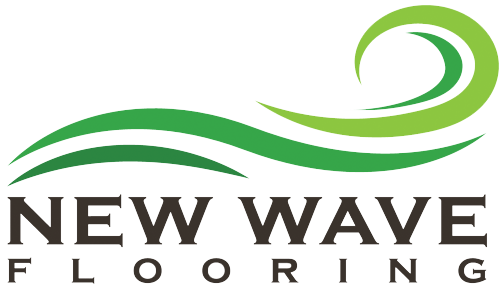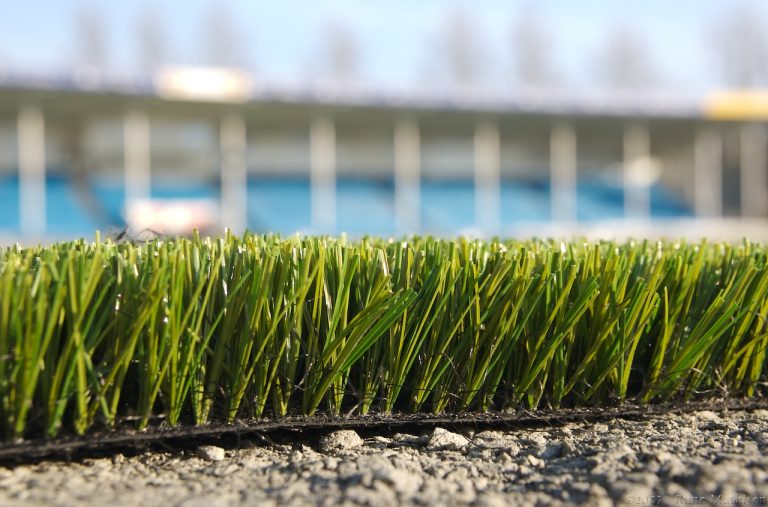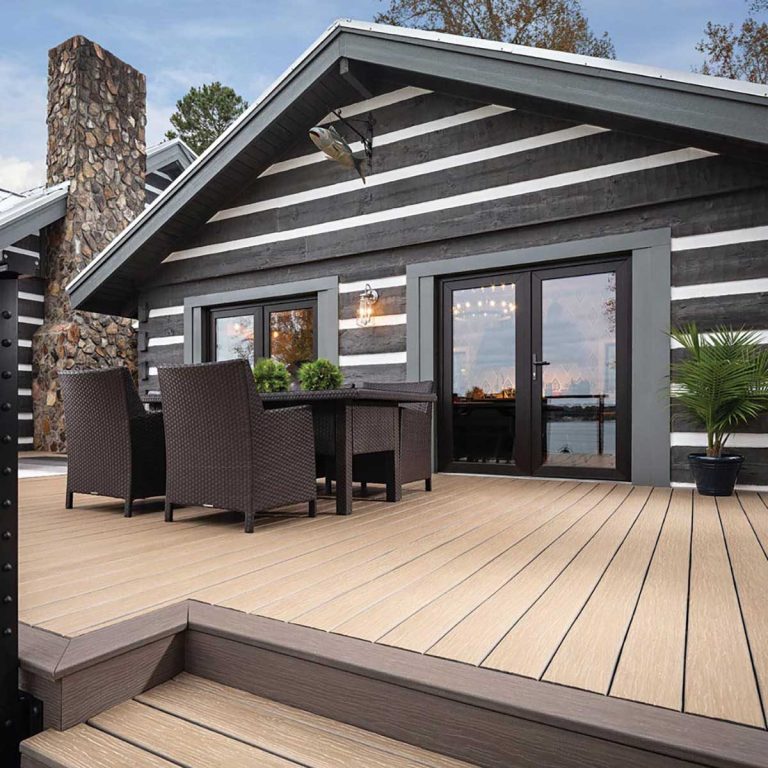Hybrid Flooring vs. Laminate – Unraveling the Winner!
Selecting the right flooring for your space can be daunting, especially with the many options available. Among the popular contenders in the market are hybrid flooring and laminate, each with unique features and benefits.
In this blog post, we will explore hybrid flooring vs. laminate, uncovering their differences to determine which one takes the crown. So whether you’re seeking durability, water resistance, aesthetics, or ease of maintenance, join us as we unravel the winner in the showdown between hybrid flooring and laminate!
Hybrid Flooring vs. Laminate – The Material Matchup
Examining the materials used in their construction is essential when comparing hybrid flooring and laminate. In addition, understanding the composition of each flooring type will shed light on its unique characteristics and performance.

Hybrid Flooring
Hybrid flooring is a fusion of vinyl and laminate, creating a material that showcases the best attributes. The layers of hybrid flooring typically consist of the following:
- Rigid Core: The foundation of hybrid flooring is a tough core layer, often made of a composite material or stone-plastic composite (SPC). This layer provides exceptional stability, strength, and resistance to impacts, ensuring the flooring withstands heavy foot traffic and everyday wear and tear.
- Photographic Layer: A high-resolution photographic layer is applied above the rigid core. This layer utilizes advanced printing technology to replicate the appearance of natural materials like hardwood, stone, or tile. The result is a visually appealing flooring surface with impressive depth and realism.
- Protective Wear Layer: The topmost layer of hybrid flooring is a transparent wear layer. This layer is typically made of polyurethane or aluminum oxide, providing excellent resistance against scratches, stains, and fading. It helps preserve the flooring’s appearance and ensures long-lasting durability.
Laminate Flooring
On the other hand, laminate flooring is composed of several layers of synthetic materials bonded together using high-pressure technology. The layers typically include:
- Backing Layer: The bottommost layer of laminate flooring is a stabilizing backing layer that provides support and moisture resistance. It helps prevent warping and ensures the flooring maintains its shape over time.
- Core Layer: A high-density fiberboard (HDF) or medium-density fiberboard (MDF) core is above the backing layer. This layer gives the laminate flooring strength and stability, enabling it to withstand daily use and foot traffic.
- Printed Image Layer: The core layer is followed by the printed image layer, which showcases the desired design and pattern. Advanced printing techniques create realistic visuals that imitate the appearance of various materials, including wood, stone, or tile.
- Protective Layer: The topmost layer of laminate flooring is the wear layer, a transparent, durable resin coating. These layer guards against scratches, fading, and stains, preserving the flooring’s aesthetic appeal.
Understanding the materials used in hybrid flooring and laminate provides a foundation for evaluating their performance, durability, and aesthetic qualities.
Withstanding the Test of Time: Toughness and Resilience Explored
When choosing a flooring option, it is crucial to consider its durability and ability to withstand daily wear and tear without compromising its appearance or structural integrity.
Let’s delve into how hybrid flooring and laminate fare in terms of toughness and resilience.

Hybrid Flooring
Hybrid flooring’s construction with a rigid core layer contributes to its exceptional durability. In addition, the rigid core provides excellent stability and impact resistance, making hybrid flooring highly suitable for high-traffic areas.
Furthermore, the protective wear layer of hybrid flooring adds an extra level of defense against scratches, stains, and fading. This layer shields the flooring from everyday hazards and keeps it looking pristine even in busy environments.
Laminate Flooring
Laminate flooring, with its HDF or MDF core, is also known for its durability. The core layer provides stability and strength, enabling the flooring to withstand daily use and foot traffic without warping or bending.
However, laminate may be slightly more susceptible to scratches than hybrid flooring. While the wear layer protects against everyday wear and tear, deeper scratches may occur over time, particularly in high-traffic areas.
To minimize the risk of damage, taking precautions such as using furniture pads and avoiding dragging heavy objects across the floor is essential.
Both hybrid flooring and laminate offer impressive toughness and resilience, but the rigid core of hybrid flooring gives it a slight advantage in terms of impact resistance.
The Decision Dilemma: Unmasking the Factors to Help You Choose:
When deciding between hybrid flooring and laminate, various factors come into play. Understanding these factors will enable you to make a well-informed decision that aligns with your needs and preferences.
Let’s explore some of the critical aspects to consider:

Water Resistance
Hybrid flooring is highly water-resistant, thanks to its rigid core and protective wear layer. It can withstand spills and moisture, making it suitable for wet areas like kitchens, bathrooms, and basements.
Laminate, while generally water-resistant to some extent, is more susceptible to water damage over time. Therefore, cleaning up any spills promptly and avoiding excessive moisture exposure with laminate flooring is essential.
Aesthetic Appeal
Both hybrid flooring and laminate offer various design options that mimic natural materials. Hybrid flooring often features high-definition photographic layers, providing a more realistic and detailed appearance.
Laminate flooring also offers impressive visual replication, but depth and realism may vary slightly compared to hybrid flooring. Consider your desired aesthetic and design options for each flooring type.
Maintenance and Upkeep
Hybrid flooring and laminate are relatively easy to maintain. Regular sweeping and occasional damp mopping is usually sufficient to keep them clean. However, laminate may require more caution when preventing scratches and avoiding excessive moisture exposure.
Hybrid flooring’s protective wear layer offers enhanced scratch resistance, reducing the need for extensive maintenance.
Installation Ease
Both hybrid flooring and laminate offer convenient installation options. They often utilize a click-lock system that allows for floating installation, eliminating the need for adhesive. However, proper subfloor preparation and following manufacturer guidelines are crucial for successfully installing either flooring type.
Consider your DIY capabilities or consult a professional installer to ensure a seamless installation process.

Considering these factors, you can narrow down your options and determine which flooring best aligns with your lifestyle, desired aesthetics, and maintenance preferences. The following section will explore another crucial aspect: deciding whether you prioritize a crowd-pleasing choice or a trendsetting flooring champion.
Crowd Pleaser or Trendsetter? Determining Your Ideal Flooring Champion
When choosing between hybrid flooring and laminate, you might be torn between choosing a popular choice that appeals to many or a trendsetting option that gives a unique touch to your space. Let’s explore these two aspects to help you make your decision:
Crowd Pleaser
Laminate flooring has been a crowd favorite for decades. It offers a classic, timeless appeal that blends well with various interior styles.
Moreover, laminate’s versatility in replicating the appearance of natural materials, such as hardwood or stone, has made it a popular choice among homeowners and designers alike, as it offers a flooring option that can appeal to a broad audience.
Trendsetter
Hybrid flooring, a relatively new entrant in the market, provides an opportunity to make a statement with your flooring choice. Its advanced printing technology and realistic replication of natural materials allow for unique and eye-catching designs.

In addition, hybrid flooring can add a touch of modernity and trendiness to your space, making it a preferred choice for those seeking a different flooring option.
Consider your personal style preferences and the overall aesthetic of your space. For example, laminate flooring may be ideal for a more timeless and versatile look.
On the other hand, if you want to make a bold statement and embrace a trendsetting flooring option, hybrid flooring offers an exciting range of design possibilities.
By weighing these factors, you can make an informed decision based on your unique requirements, style preferences, and the overall ambiance you wish to create in your space.
Ultimately, the winner in the hybrid flooring vs. laminate matchup depends on your priorities and the unique requirements of your space. Whether you choose the material match of hybrid flooring or the classic appeal of laminate, both options can provide a stunning foundation for your interior design!


